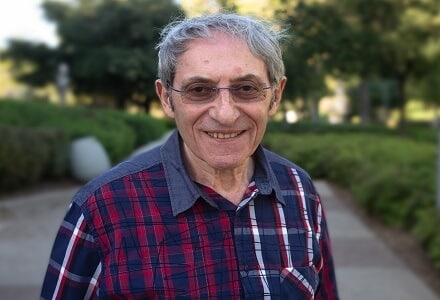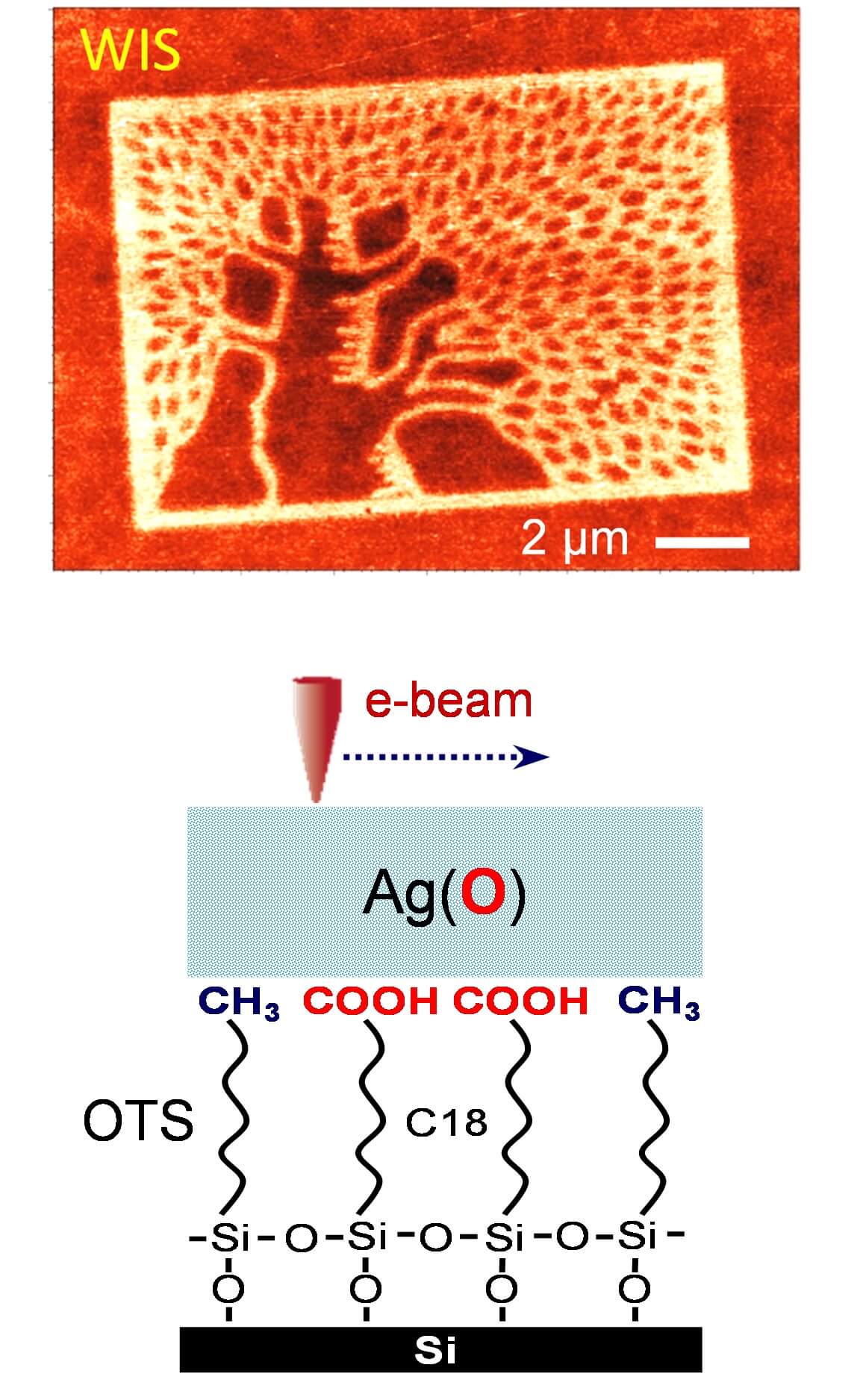Segiv and three of his colleagues from the USA won the prize for their contribution to the development of self-assembling materials * The research opens the foundations for building much smaller chips and developing a completely new type of medical diagnostic products

The Norwegian Academy of Sciences announced a few weeks ago the awarding of the Kavli Prizes for 2022 in the fields of nanoscience, astrophysics, and neuroscience (2022 Kavli Prize Laureates) about scientific breakthroughs that changed our understanding of the smallest, largest, and most complex things in our world. Among the winners in the field of nanotechnology is Prof. Jacob Segiv from the Weizmann Institute, the first Israeli to win this award. The amount of the prize is one million dollars for each field.
The Cavali Awards are awarded at the beginning of September in Oslo, the capital of Norway, in a festive ceremony presided over by the king or a member of the royal family.
This is a very prestigious prize awarded exclusively in these three fields: nanoscience, astrophysics, and neuroscience. Similar to the Nobel Prize, the selection process is done by an international consortium of scientists in these fields. In contrast to the Nobel, where the majority of the selection is made by the members of the Swedish Academy of Sciences in the Kvalley Prize, the committees appoint scientists recommended by six academies of sciences: the Norwegian Academy, the US National Academy of Sciences, the Chinese Academy of Sciences, the French Academy of Sciences, the British Royal Society and the Max Planck Society German. The Cavali Awards have been awarded once every two years since 2008.
Prof. Segiv - one of the pioneers of the nano field in the world
professor Jacob Segiv from the Weizmann Institute of Science shared the prize with three other recipients of the 2022 nanoscience prize, together with the American scientists David Alara, Ralph Nuzzo and George Whitesides. The award is given in recognition of "the pioneering work of the four, who created coatings with a thickness of one molecule on solid surfaces, which allow unprecedented control of various surface properties. These works have changed surface science and led to applications that affect our daily lives, in areas ranging from medical diagnostics to built semiconductor devices."
Professor Segiv's pioneering research between 1978-1980 On the spontaneous formation of organized layers of molecules and mixtures of different molecules on surfaces such as glass, metals, and plastic materials he laid the foundation for the field of nanoscience known as "- self-assembling monolayers" Since the publication of the article by Rivka Maoz and Yaakov Segiv ( "On the Formation and Structure of Self-Assembling Monolayers I. " (August 1984).

A self-assembled monolayer is a surface coating with a thickness of about 1-3 nanometers (one nanometer is one millionth of a millimeter) made of an accumulation of molecules that organize themselves into an orderly structure on the solid surface we want to observe, in a controlled process by choosing the experimental conditions in which it is carried out. Depending on its composition and molecular structure, a monolayer of this type, with a thickness of only one molecule, is sufficient to completely change many of the properties of the coated surface; For example, a surface wetted by water without the coating can become, after the coating, water-repellent (like a Teflon pan), an electrically conductive surface can become an insulator, and vice versa.
From single-layer to multi-layer coating
In 1983, the concept of the self-organization of molecules at the solid-liquid interface was expanded with פרסום Prof. Segiv's group at the Weizmann Institute of the construction principle of multi-layered self-assembled molecular structures. These molecular "high-rises" are built in a multi-step process of controlled self-assembly of one monolayer on top of the previous one. This type of multilayer construction is applicable to different types of molecules and on different surfaces, which paves the way for a wide variety of possible applications.
The methodology of creating print patterns in dimensions from nanometer to centimeter on top of a monolayer while preserving its structure which was developed by Prof. Segiv's group -
Interfacial Electron Beam Lithography (2018) Constructive Lithography (1999); - completes the "toolbox" needed to promote the concept of architecture with molecules as building blocks in the processes of planned self-assembly of monolayers.
The research that Segiv continues to carry out at the Weizmann Institute these days focuses on decoding An unprecedented series of electrical conduction phenomena at the boundary between two different materials, which were discovered in print patterns on self-assembled monolayers הManufactured with the unique methods developed for this purpose by the Segiv Group.
More of the topic in Hayadan:
